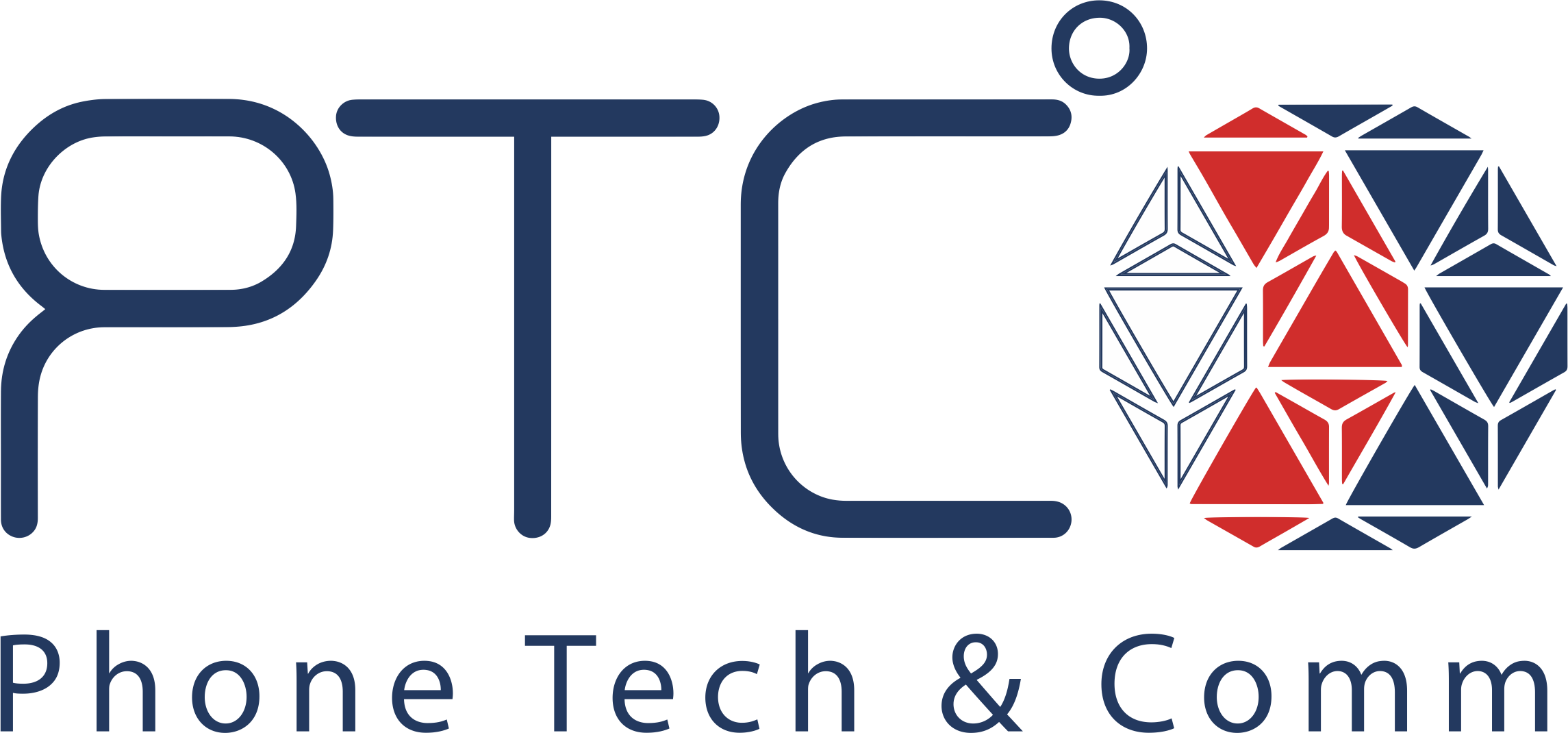Fast charging has become increasingly essential in today’s tech-driven world. With options like USB-C PD, traditional Qi wireless charging and the latest Qi2 wireless charging, it can quickly overwhelm the end-user, becoming tricky to know which one suits your needs the best.
Whether you’re after convenience, speed or versatility, this guide will help you understand the key differences of charging standards so you can make a smart decision and never run out of juice again.
PD USB-C (Power Delivery) – The Speed King
USB-C Power Delivery, or PD, is one of the fastest and most efficient charging technologies available today. Designed to deliver higher power levels over a USB-C connection, PD chargers like the Tough On 3 port 100W PD 3.0 wall charger can power up everything from smartphones to tablets, laptops and even gaming consoles.
PD charging theoretically produces up to 240W charging speed, most phones nowadays will often charge between 15W to 65W. For example, iPhone 16 Pro supports a maximum charging speed of 40W while the iPhone 15 Pro models have a maximum charging speed of around 27W.
The Android world on the other hand has a different story. Most of the models support charging speeds up to 27W, 45W or even higher, with some reaching 65W.
Some flagship Xiaomi, Oppo and Vivo models support 80W, 100W or even 120W ultra-fast charging speeds.
PD fast charging is best for travellers need to quickly top up their devices.
PD Charging also suits gamers who can’t afford interruptions during intense sessions, professionals who rely on their phones, tablets, or laptops throughout the workday, and anyone who values fast, efficient, and reliable charging to keep up with their busy lifestyle.
Other PD options:
The latest tech, Qi2 wireless charging – The Magnetic Evolution
Our best seller Tough On MagPro Qi2 3 in 1 wireless charger features the latest Qi2 charging standard. Qi2 is the latest generation of wireless charging standards that builds on the traditional Qi wireless charging, but now with even better improvements in speed, efficiency and alignment.
This standard is backed by Apple and the Wireless Power Consortium and magnetic alignment was introduced (similar to MagSafe) making sure your device locks perfectly into place every time to reduce energy loss while charging.
With Qi2, compatible devices like the latest iPhone are now capable of up to 15W of wireless charging. It also opens the door for new Android phones to adopt magnetic charging, offering a more universal and user-friendly experience across brands.
Qi2 chargers are ideal for everyday convenience whether you're charging at your desk, nightstand, or even in your car. The magnetic snap-on design means no more misalignment issues or interrupted charges, and best of all - no charging cables. If you’re after a cleaner (and clutter free), faster, and smarter way to charge wirelessly, Qi2 is the future.
Some other Qi2 options:
Traditional Qi Wireless Charging – Convenient, but slower
Traditional Qi wireless charging is the original wireless power standard that made charging as simple as placing your phone on a pad with no extra cables required. It uses electromagnetic coils to transfer energy from the charger to your device, creating a clean and clutter-free charging experience. Most Qi wireless chargers, like the Stitch 15W 3-in-1 Wireless Charger, feature an integrated design that allows you to charge your phone, watch, and earbuds simultaneously.
Qi wireless charging power output is typically capped at 7.5W for iPhones and up to 10-15W for most Android devices, making them better suited for casual charging rather than speed.
While it’s not as fast as PD charging, Qi wireless charging is still a popular choice for everyday use. It’s especially convenient for overnight charging, desks or topping up your phone throughout the day without constantly plugging and unplugging.
A few other Qi options:
So, what should you use?
With so many charging options available, choosing the right one comes down to how you use your devices and what matters most to you.
If you’re always on the go, need the fastest top-ups, or rely heavily on your phone throughout the day. Go for USB-C PD charging. It’s the fastest option and ideal for power users, professionals, or anyone who doesn't have time to wait. It’s also versatile enough to charge larger devices like iPads or laptops.
If you prefer a cable-free charging setup, especially at your desk or bedside. Qi2 wireless charging is your best bet. It combines convenience with speed, thanks to magnetic alignment and up to 15W power output. It also keeps your space neat and organised.
If you’re using older devices or just need a simple charging solution for light daily use. Traditional Qi wireless charging still works well. It’s perfect for overnight charging or keeping a phone gently topped up during the day, though it's slower and can be more sensitive to positioning.
We hope this has helped you understand all the jargon around charging protocols.
If you are still unsure whats best for you, we are here to help!
Reach out to us online or visit one of our 80+ stores nationwide.





Leave a comment
This site is protected by hCaptcha and the hCaptcha Privacy Policy and Terms of Service apply.